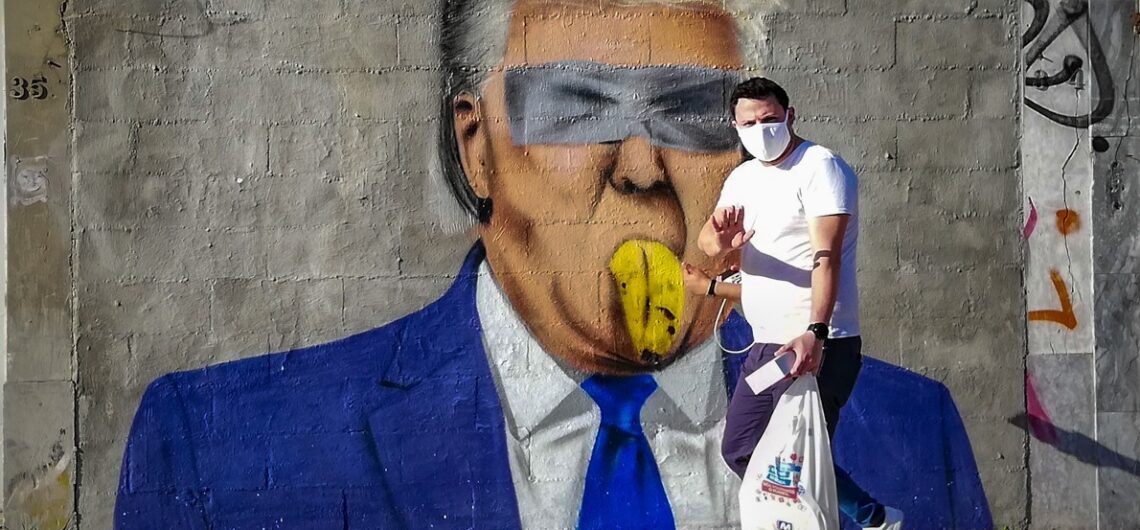Porto is a city that speaks through its walls. Beyond its historic architecture and iconic landmarks, the streets are alive with street art photography opportunities that capture the dynamic spirit and creativity of its people.
From massive murals that transform entire facades to subtle graffiti tucked away in hidden corners, Porto’s street art is a playground for photographers eager to explore color, texture, and urban expression.
In this post, we’ll take you on a visual journey through Porto’s thriving street art scene. You’ll learn where to find the most impressive works, how to photograph them effectively, and how to play with composition, color, and shadow to make your images stand out.
This guide is your essential resource for mastering street art photography in one of Europe’s most photogenic cities.
Porto’s street art: a living gallery
The city’s artistic pulse is visible on its walls, telling stories of social change, cultural identity, and unfiltered creativity. Porto’s street art reflects its evolving urban culture — dynamic, rebellious, and deeply rooted in community.
Areas such as Rua Miguel Bombarda, known as Porto’s art district, and the neighborhoods of Graça and Massarelos, host a diverse array of street art styles. Here, you’ll find everything from politically charged murals to playful characters and abstract designs. These locations offer endless possibilities for street art photography, each wall a canvas full of inspiration.
Where to find Porto’s most photogenic street art
- Rua Miguel Bombarda: this street is a hotspot for galleries and open-air murals, making it ideal for discovering new street art. The vibrant colors and diverse styles are perfect for experimenting with composition;
- Graffiti tunnel (Túnel de Quim Barreiros): located under the railway line, this ever-changing canvas features layered graffiti and tags, offering raw, authentic urban scenes that challenge photographers to capture their ephemeral beauty;
- Massarelos neighborhood: alongside the river, this area blends picturesque views with unexpected bursts of street art. The juxtaposition between historic buildings and modern murals creates compelling photographic contrasts.
Techniques for effective street art photography
Capturing the vibrant energy and intricate details of street art requires more than just pointing your camera at a wall. Mastering a few key techniques can elevate your photos from simple snapshots to compelling works of art.
Below are essential tips to help you make the most of Porto’s colorful urban canvases!
Play with composition
Use angles and framing to enhance the visual impact of murals. Position yourself to include surrounding elements like windows, doors, or textures that complement the artwork. Experiment with perspectives — shooting straight on for symmetry or at an angle to add depth and dimension.
Leverage natural light and shadow
Street art is best photographed in natural light. Early morning and late afternoon provide soft, directional light that enhances colors and textures without harsh shadows. Be mindful of shadows cast by nearby buildings, which can add dramatic effects or obscure details.
Focus on color contrast
Street art thrives on bold colors. Use contrasting backgrounds or adjacent elements to make colors pop. Consider the color theory — complementary and analogous colors can guide your composition to create harmony or tension.
Capture details and context
While wide shots show the scale of murals, close-ups reveal the artist’s technique, brushstrokes, or textures of peeling paint. Balancing detail with context helps tell a fuller story through your photos.
Explore Porto’s street art through your lens with expert guidance. Join a photo tour with Pictury Photo Tours and take your street art photography to the next level.
Challenges and how to overcome them
Street art photography comes with challenges: varying lighting conditions, crowded urban spaces, and rapidly changing scenes due to new artworks or vandalism:
- Use a fast lens (f/1.8 or wider) to cope with low light situations;
- Be patient and respectful of passersby; sometimes including people adds life to your shots;
Visit multiple times to catch the best light and to document changes over time.
Post-processing tips for street art photography
Enhance your images without losing authenticity:
- Boost saturation moderately to emphasize color vibrancy;
- Increase clarity and sharpness to highlight textures;
Adjust contrast carefully to preserve details in shadows and highlights; - Consider cropping to focus attention on key elements or to improve composition.
Why street art photography matters
Capturing street art is not just about aesthetics — it’s documenting a living cultural dialogue. Your photographs become part of this narrative, preserving the city’s evolving identity and giving voice to artists who often work anonymously.
Porto’s street art scene is vibrant and ever-changing, offering fresh inspiration at every turn. Whether you’re a beginner or seasoned photographer, embracing street art photography in Porto will expand your creative horizons and deepen your connection to the city.
Ready to dive into Porto’s colorful streets?
Discover hidden murals, practice new techniques, and create unforgettable images. Book your personalized street art photo tour today!



